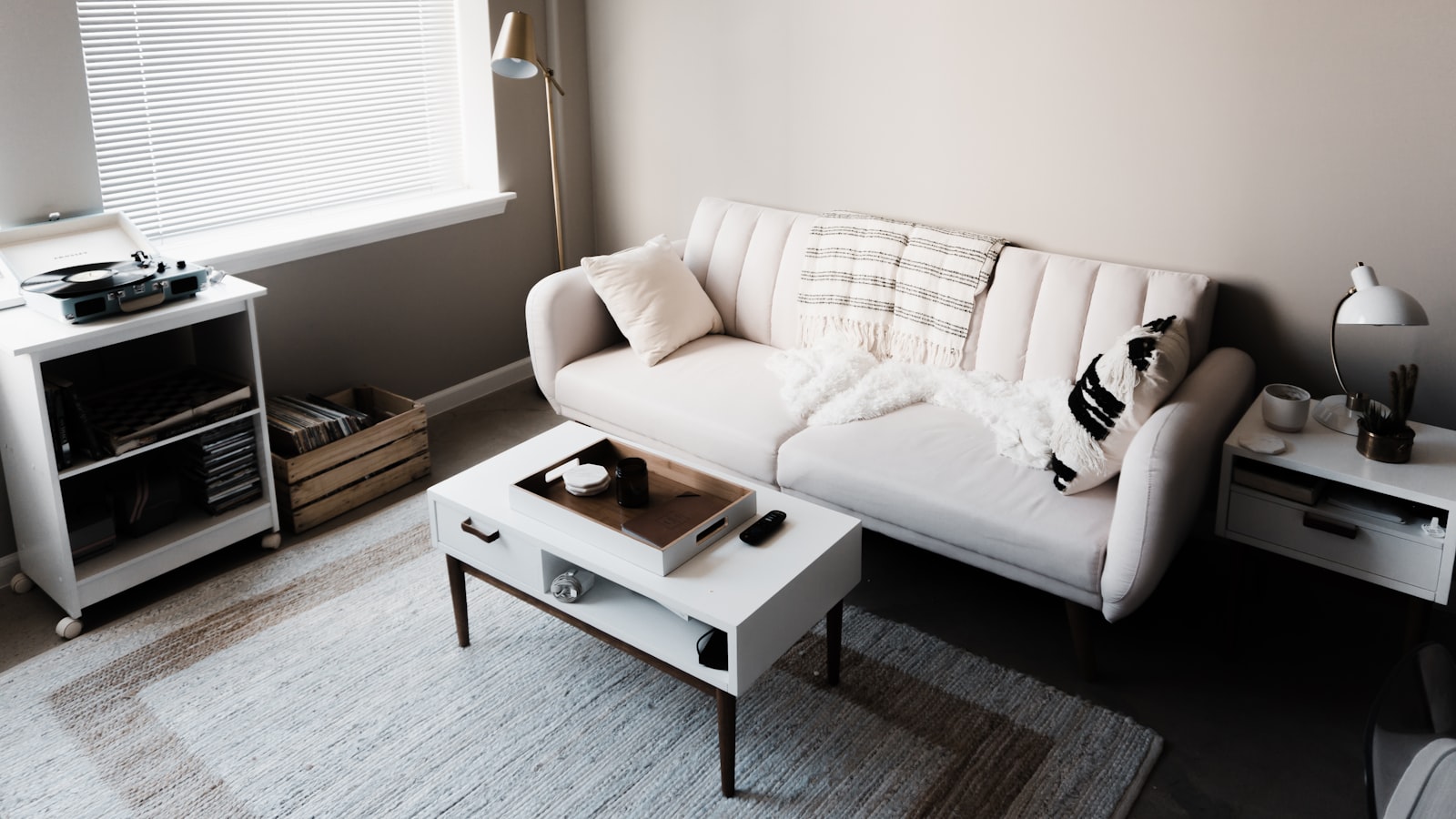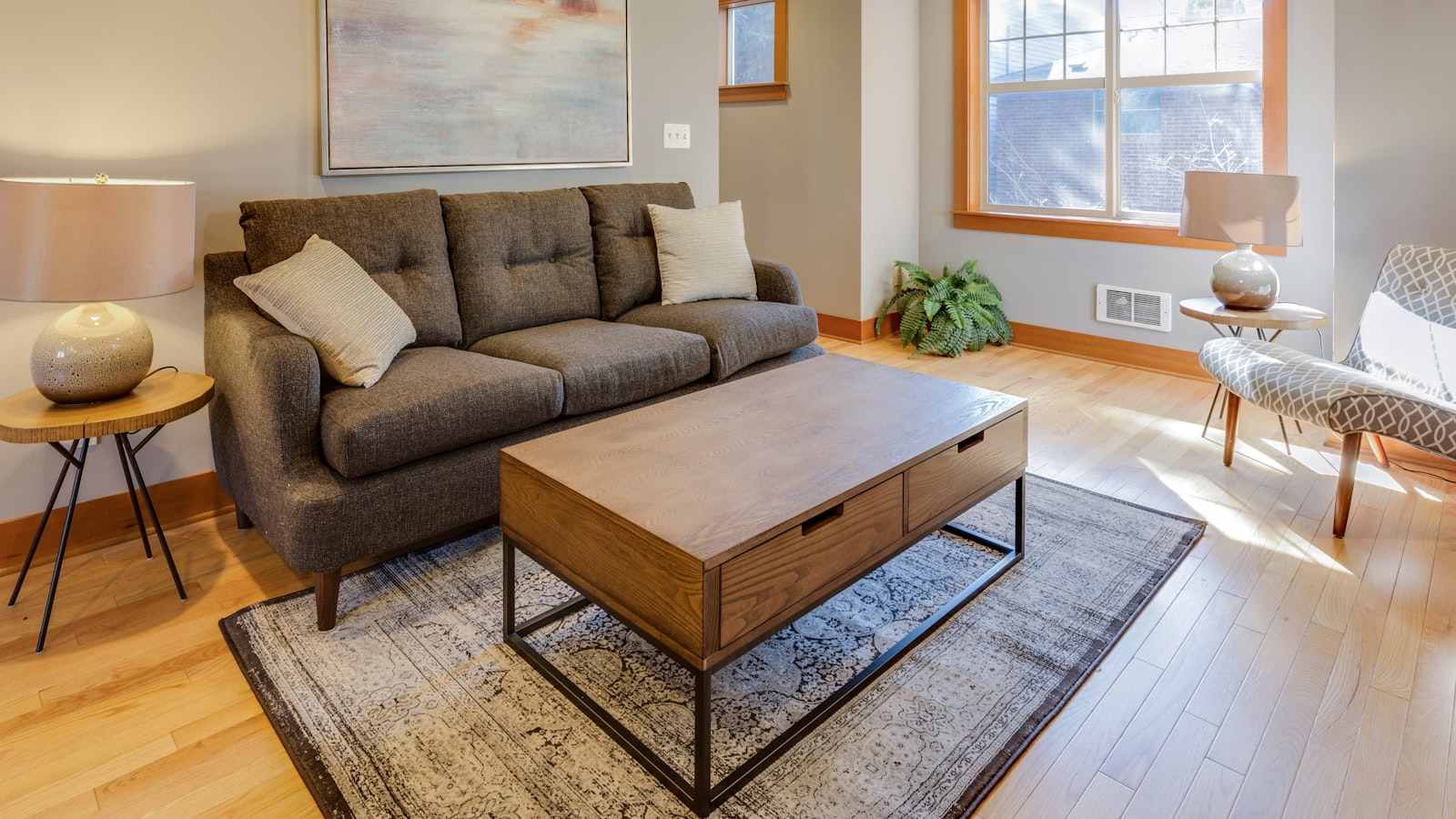
Assisted Living Facilities
An assisted living facility is a good option for people who need more help with daily activities than family or friends can provide. These residences usually offer meals, housekeeping, and transportation services. They also have emergency call systems in every room.
When you visit a facility, pay attention to the people who live and work there. Observe how they interact and how happy the place seems.
assisted living facilities
Assisted living facilities provide care and support for older adults who need assistance with daily activities, but do not require the level of care offered by a nursing home. Residents live in private apartments or rooms and receive assistance with bathing, dressing and eating. Residents can also access on-site healthcare services.
Most communities offer a variety of social and physical activities to promote mental health, wellness and community connections. This helps to reduce loneliness and isolation, which are bad for a senior’s physical health.
In addition to these amenities, some assisted living facilities have disaster plans in place to prepare for emergencies and keep seniors safe. This is especially important if the resident has dementia or other health concerns. It’s a good idea to ask about these emergency plans when selecting an assisted living facility.
does medicare pay for assisted living
Assisted living facilities offer residents meals, housekeeping, transportation and security services. In addition, they typically provide healthcare and assistance with daily activities. Some also offer physical therapy and social programs. Residents have a personalized care plan, which is reassessed and updated regularly.
Most private health insurance plans and Medicare do not pay for assisted living. However, long-term care insurance might. Other sources of financing include retirement and personal savings, life insurance policies, reverse mortgages, and veterans’ benefits.
Medicaid, a joint federal and state program, may help pay for some of the room and board costs associated with assisted living. The eligibility requirements for this coverage vary by state. You can find out more about the Medicaid eligibility rules in your area by visiting our state overviews page.
how much is assisted living
Assisted living is a senior care option for those who need help with daily tasks such as dressing and bathing. Typically, this burden falls on family members who may spend a great deal of time caring for their loved one at home.
Unlike a nursing home, which focuses on health care, assisted living communities typically offer personal care services like medication management, assistance getting dressed and bathed, and 24-hour supervision. Some also provide transportation, a full calendar of activities, and meals.
When you tour a facility, pay attention to the price structure for different levels of care. Many facilities have a sliding scale that changes monthly, so that your loved one’s monthly cost is tied to their level of need. They should also be willing to perform a needs assessment and discuss transfer and discharge policies.
who pays for assisted living
The majority of assisted living residents pay out-of-pocket for their rooms and board. The cost includes a monthly rent plus a service fee for help with activities of daily living like meal preparation, bathing and toileting. Most facilities also charge extra fees for on-site healthcare and pharmacy access, upgraded WiFi services or other amenities.
Many families use accumulated personal savings, pension plans and retirement accounts to help pay for assisted living. Others rely on long-term care insurance, but premiums are high and benefits vary by policy. Medicare typically doesn’t cover the cost of assisted living, but it does cover short-term stays in a skilled nursing facility for rehabilitation after a hospital stay. Some states offer waiver programs to assist with the cost of assisted living.
assisted living vs nursing home
Assisted living facilities generally provide meals, housekeeping and transportation, security, physical therapy, and social activities. They also offer residents private apartments and rooms, usually with their own bathrooms and kitchens.
The best option for seniors who cannot live alone anymore and need a higher level of care than assisted living can offer is a nursing home. These are regulated by states and provide round-the-clock medical care.
Nursing homes often have a more clinical, hospital-like atmosphere. However, they still strive to create a more comfortable space for residents and try to avoid having a strictly clinical feel. In addition, they may have living spaces or communal areas that help promote a sense of community for residents. They can also offer more hands-on care for seniors.










